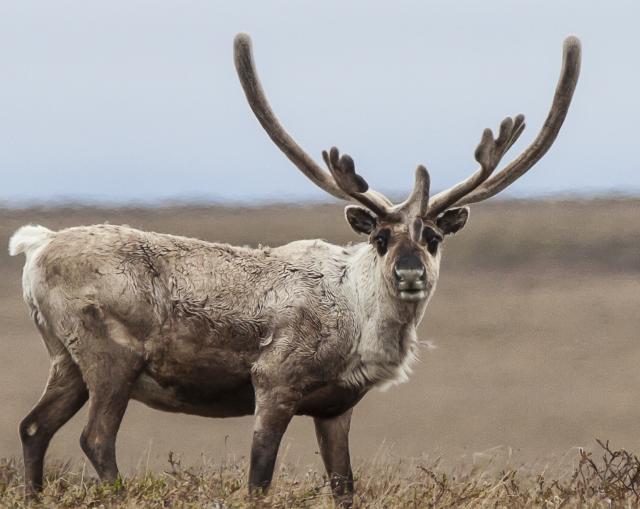BLM welcomes input on Special Areas in Alaska’s Western Arctic
Organization:
Media Contact:
ANCHORAGE – Today the Bureau of Land Management (BLM) announced that it is seeking public comment on whether to update protected areas in the Western arctic, including whether to expand such areas, modify existing boundaries or management, or designate new protected areas. Building on the Biden-Harris administration’s actions to conserve millions of acres of lands and waters in Alaska, the Request for Information (RFI) solicits public comment on whether to initiate a process to consider adding additional protection measures, including by identifying additional significant resource values in existing Special Areas, expanding Special Areas, or creating new Special Areas within the National Petroleum Reserve in Alaska (NPR-A). The BLM will also conduct Tribal consultations during this period, and distributed invitations to consult with Alaska Native Villages and Corporations today. The BLM previewed this action in April when it published its final rule to ensure maximum protection for significant resource values on the more than 13 million acres of Special Areas in the western Arctic, while balancing extractive activities and supporting subsistence uses and needs for Alaska Native communities.
Photo by Bob Wick
Extending from the northwest slope of the Brooks Range to the Arctic Coast, the NPR-A encompasses roughly 23 million acres of public land managed by the BLM. Tribal Nations have occupied these lands since time immemorial, and more than 40 Indigenous communities continue to rely on the resources from the Reserve for subsistence, harvesting caribou, shore and waterbirds, and many other fish and wildlife species. Many other communities outside the NPR-A subsist primarily on food that rely on the Special Areas of the NPR-A.
“We have a responsibility to manage the western Arctic in way that honors the more than 40 Indigenous communities that continue to rely on the resources from the Reserve for subsistence,” said BLM Director Tracy Stone-Manning. “With the rapidly changing climate, the Special Areas are increasingly critical to caribou movement and herd health, as well as other wildlife, migratory birds, and native plants. We want to hear from the public to ensure we are managing the western Arctic’s significant resource values in the right ways and right places.”
The 60-day comment period will start when the RFI publishes in the Federal Register, and will solicit written feedback from the public that will help the BLM determine whether to initiate a process to update the Special Area designations within the NPR-A. The RFI seeks information that identifies additional significant resource values for existing Special Areas; modifications to the boundaries or management of existing Special Areas; or public lands that may qualify for designation as new Special Areas within the NPR-A.
The Biden-Harris administration’s final rule codifies protections for 13.3 million acres encompassed by the existing Special Areas of Teshekpuk Lake, Utukok Uplands, Colville River, Kasegaluk Lagoon, and Peard Bay – places collectively known for their globally significant intact habitat for wildlife, including grizzly and polar bears, caribou and hundreds of thousands of migratory birds. Under the final rule, the BLM has flexibility in how, whether and when to undertake changes to Special Area designations, including by undertaking a process to amend the Integrated Activity Plan governing the NPR-A or through a separate process. Should the BLM determine to take further action in response to this RFI, the BLM will follow the process set out in the final rule, including applicable opportunities for public engagement and Tribal consultation.
Under the Naval Petroleum Reserves Production Act (NPRPA) of 1976, as amended, Congress directed the BLM to balance oil and gas development with the “maximum protection” of the significant surface resources and values in the Special Areas. The final rule updates the existing regulatory framework, adopted more than 40 years ago, allowing the BLM to respond more effectively to changing conditions in the NPR-A, while striking a balance between oil and gas development and the management and protection of surface values, including wildlife habitat vital to subsistence.
The BLM manages more than 245 million acres of public land located primarily in 12 western states, including Alaska, on behalf of the American people. The BLM also administers 700 million acres of sub-surface mineral estate throughout the nation. Our mission is to sustain the health, diversity, and productivity of America’s public lands for the use and enjoyment of present and future generations.

